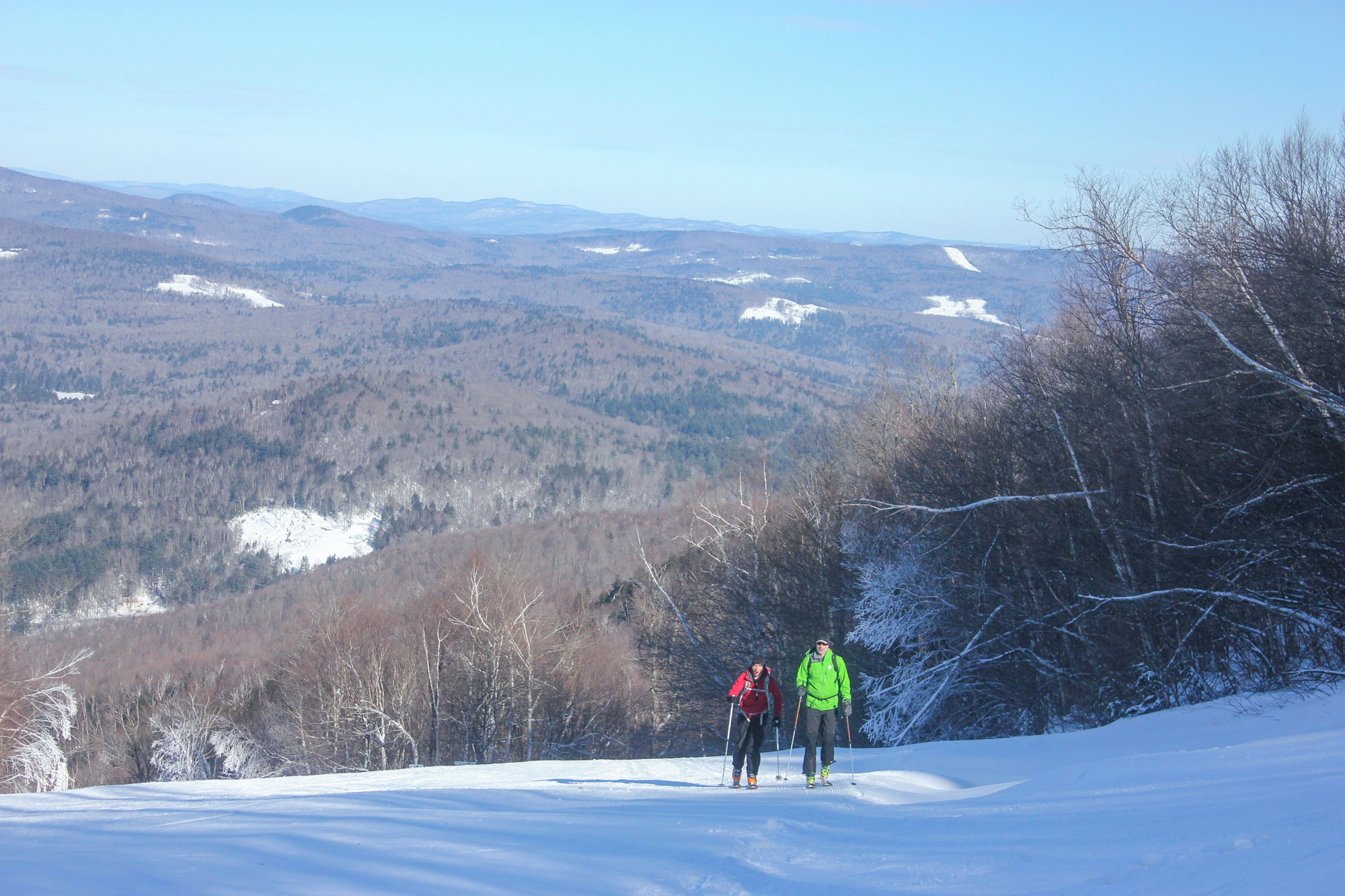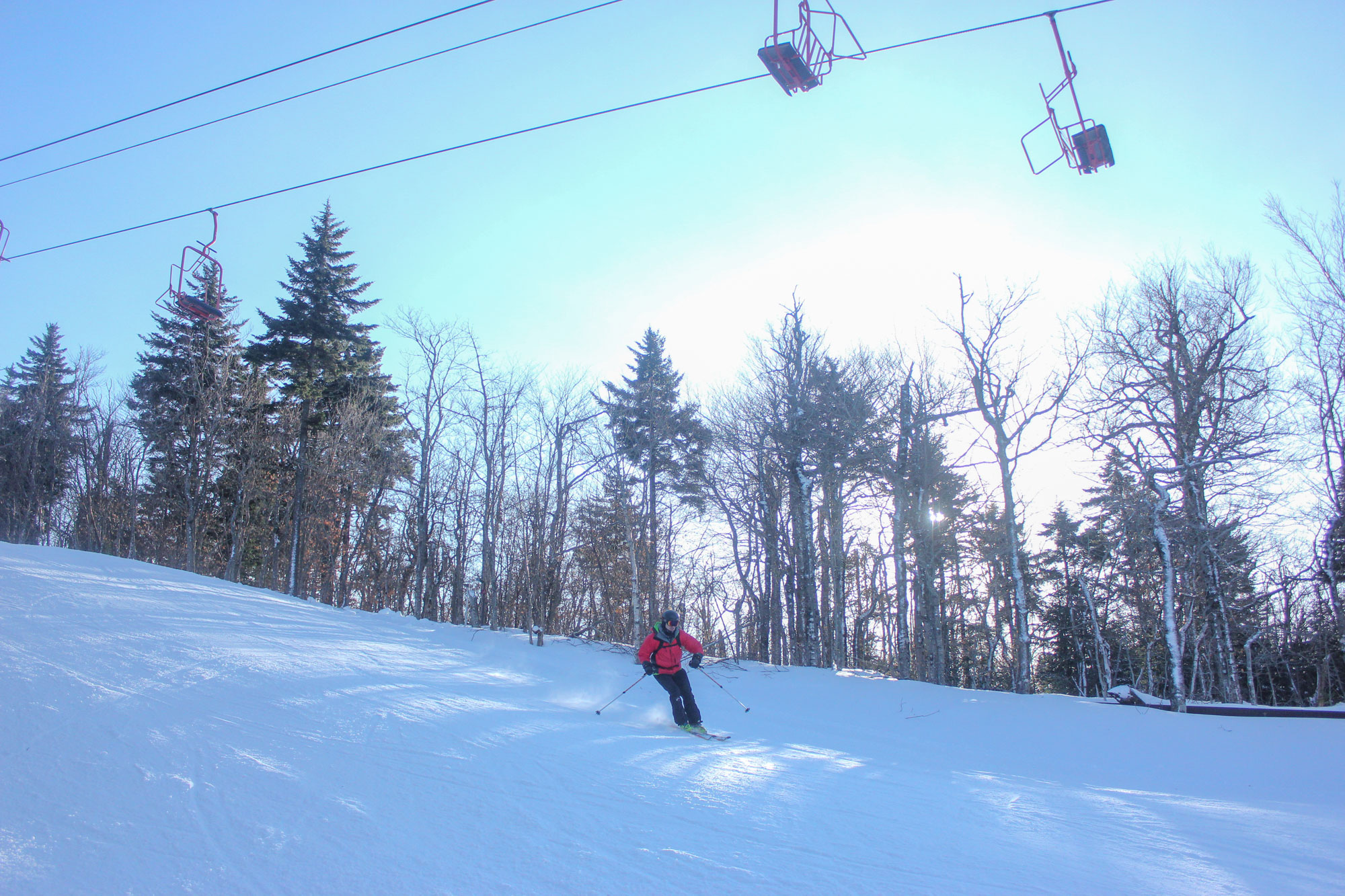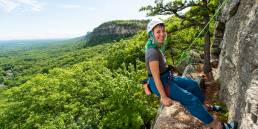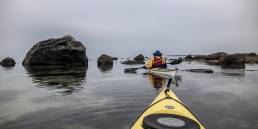Independent ski areas are the heart of ski culture in the Northeast. They keep traditions alive and stoke high, and they help to grow the next generation of skiers. But with the recent “corporatization” of so many of the region’s most iconic mountains, the Northeast is on the cusp of losing the indie ski areas that make its ski culture so special. With just a few independent ski areas left in the Northeast, it’s time to support them this winter before they disappear altogether.
Consolidation
Skiing has earned a reputation as a sport of the affluent, but it wasn’t always that way. Early on, affordability was at the heart of skiing, a sport that, in the U.S., has its roots in the Depression era. In 1936, National Ski Association president Roger Langley announced that there were a million American skiers (although it’s likely the real number was somewhat less, somewhere between a quarter-million to half-million skiers). Today, there are a little over nine million skiers/snowboarders and Wall Street has taken notice of all of us.
Currently, 145 of the 462 active U.S. ski areas are on the Epic, Ikon, Indy, or Power passes. And consolidation is hitting close to home—Vail Resorts and Alterra Mountain Co. now own or operate well-known resorts like Stowe, Sunday River, Sugarloaf, Sugarbush, Killington, Okemo, Wildcat, Attitash, Sunapee, Crotched Mountain, Loon, Stratton, and Hunter Mountain.
Consolidation of these classic ski mountains provides access to many resorts across the Northeast on a single season pass, but their corporatization has come at a cost—the loss of the indie spirit of skiing. Fortunately, independent ski areas still provide numerous benefits that are disappearing at the now-big-box mountains.

Price
It’s expensive to ski at some of the Northeast’s biggest resorts. A day pass at Vail-owned Stowe, long considered one of New England’s swankiest mountains, has crept up toward $200, while tickets at nearby independent area Smugglers’ Notch are still in double digits. Smuggs may lack the glitz of Stowe, but that hasn’t stopped Ski Magazine readers from ranking it the #1 resort in the east. As for Smuggs’ old-school chair lifts, they see them as an asset, calling them “Double chairs that keep the riff-raff out.” They also limit capacity and keep areas from getting skied out.
Congestion
Whether it’s fewer amenities or the lack of an all-inclusive pass, independents often draw smaller crowds, which means more skiing—especially compared to the Northeast’s big-box resorts. Don’t believe us? Check out the EpicLiftLines Instagram page—a fun play on Vail’s Epic pass—which has grown to over 35,000 followers. Furthermore, last year Vail found itself in the news for monster lift lines at its namesake resort, while over this past Christmas break Vail was again making headlines for large crowds and an absence of open terrain.
Closer to home, New Hampshire’s Wildcat and Attitash—both Epic Pass mountains—issued Christmas Eve apologies for having limited terrain available. Meanwhile, Crotched Mountain (another recent Epic Pass mountain) unexpectedly slashed its operating schedule in early January, with reduced night skiing hours and the ski area open just Wednesday to Sunday. And over MLK weekend, Vail’s epic lift lines were once again in the spotlight, this time at Pennsylvania’s Jack Frost Ski Area.

Quirkiness and Authenticity
Skiers with multi-mountain passes, like the Epic and the Ikon, have access to a ton of terrain, spread over numerous ski areas. But indies don’t have to fit in the box of corporate interests, and while most aren’t exactly letting their freak flags fly, many are embracing their own unique culture. For example, Magic Mountain embraced uphill skiing on their trails long before it was one of the hottest trends in snowsports. Black Mountain is another area welcoming to “skiers going the wrong way” and is home to a series of uphill events held every Friday night.
It’s hard to think of a mountain anywhere that delivers more quirkiness and culture than Mad River Glen. When the mountain’s iconic renowned single chair was nearing the end of its service life, Mad River Glen opted for another single, which delivers skiers to the top of Stark Mountain in just under nine minutes, and most importantly maintains the mountain’s vibe. Of course, the mountain has also earned acclaim for its natural snow, its overly honest conditions report, and the “Ski It If You Can” attitude (something that would likely never fly at any of the neighboring big-box resorts).
Independents also have the freedom to define their terrain differently. For instance, Cannon Mountain has some of the steepest and gnarliest runs in New Hampshire, yet doesn’t have a single trail or glade rated harder than a black diamond. Think you’re an expert skier? Cannon will put that to the test.
Accessibility
Indies also deliver accessible terrain. Think of indie areas like Connecticut’s Mohawk Mountain and Massachusetts’Blue Hills and Mount Wachusett, all of which are located near major population centers and are the places where many New Englanders learn to turn.

Skier Focus
Indie ski areas struggle to compete with the giants financially and it’s common for them to offer a less-cushy experience. For example, indies generally offer fewer dining options, less luxurious amenities, and slower lifts. While massive ski companies see this as a detriment, indies see it as an advantage—they can focus solely on the skiing, rather than all the accouterments. The indie attitude attracts skiers more interested in terrain and snow totals than the quality of the restaurant at the base. Cannon is an excellent example of this: it has no on-site lodging and outside of the mountain’s pub and cafeteria, you’ll need to travel to a nearby town for dining.
Local Knowledge
Big ski corporations frequently centralize operations to cut expenses, but at the cost of institutional knowledge. New Hampshire’s Pats Peak has been owned by the same family since its founding in the early 1960s. While big-box ski areas can woo MBAs, there is no replacing the familiarity many indies have with their history, operations, customers, traditions, employees, and weather patterns.
Closing Bell
Independent ski areas are an important part of ski culture in the Northeast and as ski areas continue to consolidate, their importance grows. For all the reasons mentioned above, the next time you ski, consider visiting an indie.
Tim Peck and Doug Martland
Tim and Doug met long ago at the Eastern Mountain Sports in Canton, Massachusetts. Bonding over a love of slick Quincy Quarry granite, White Mountain sufferfests, and scheming up adventures while folding tee-shirts, today Tim and Doug collaborate to write about their favorite outdoor activities and occasionally get nostalgic about tee-shirt tables.
Related Posts
April 24, 2024
What to Bring When Road Tripping with Your Dog
Prepare for the ultimate road trip with…




